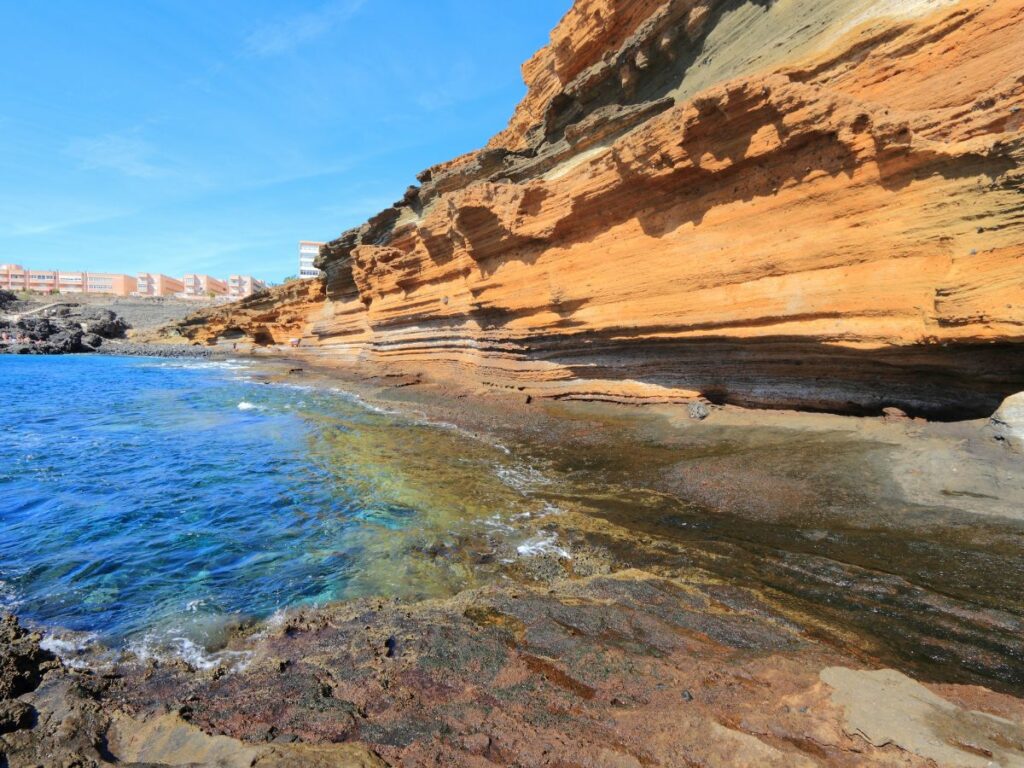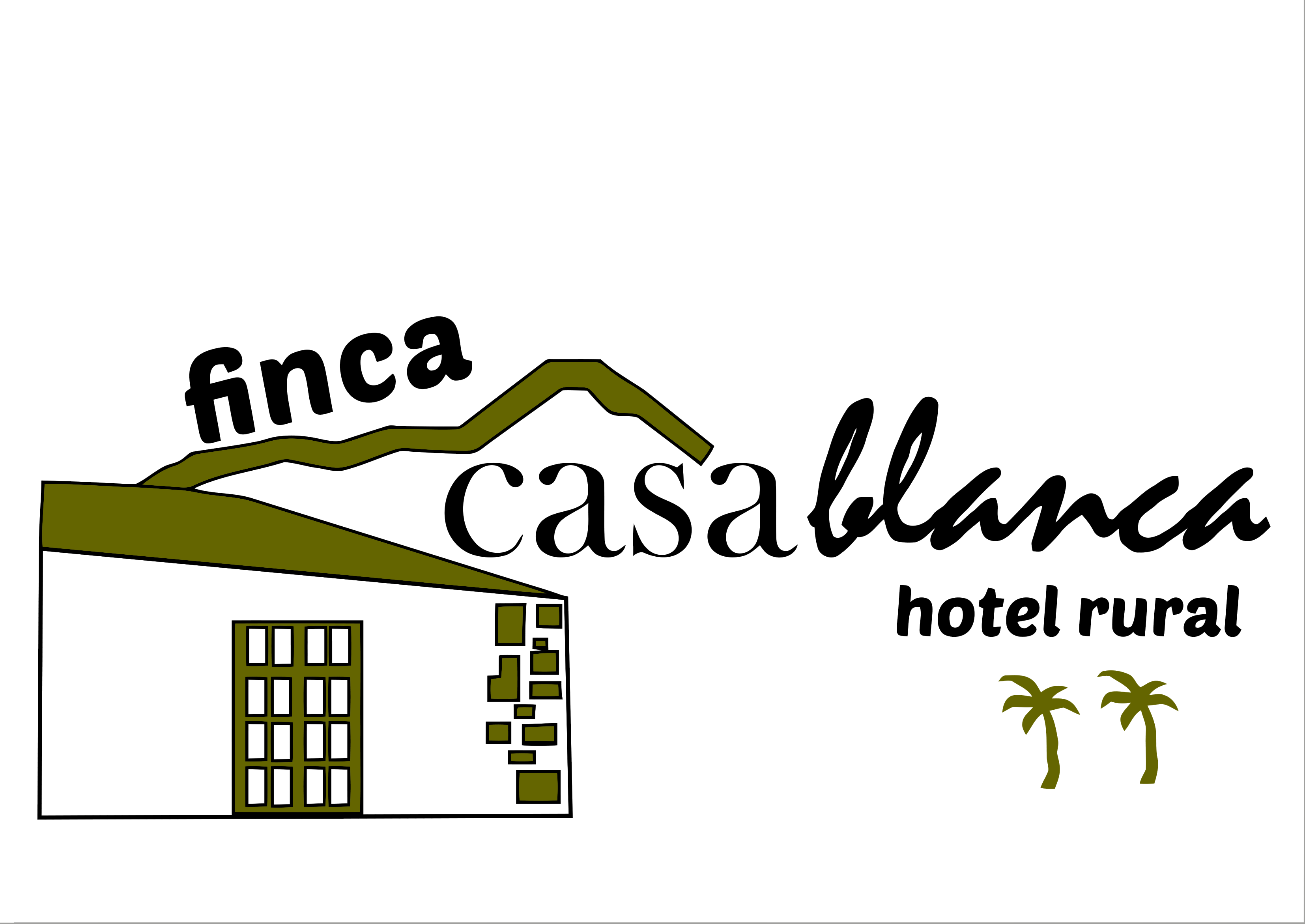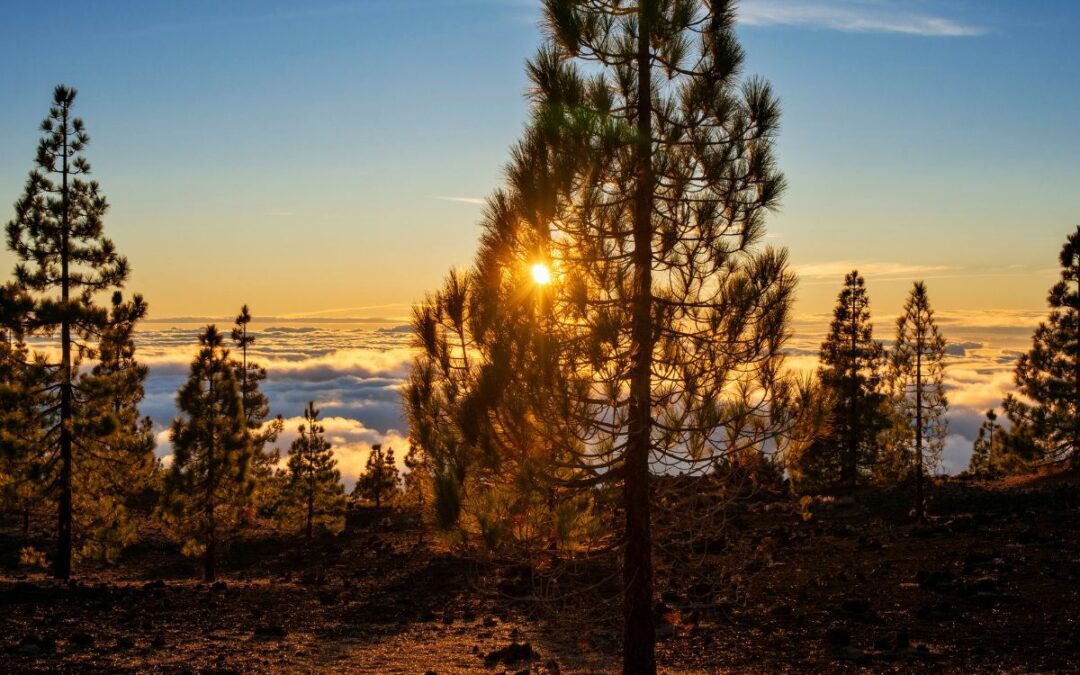Tenerife is a spectacular destination for nature lovers. In addition to its volcanic landscapes and native flora, the local community promotes sustainability and eco-tourism practices to protect this unique environment. Here we explore some sustainable initiatives, environmentally friendly practices and how visitors can contribute.

Sustainable Initiatives:
- Renewable Energy: This area of Tenerife is leading the transition towards renewable energy sources, with the aim of reducing carbon emissions and protecting its fragile ecosystem. Solar panels are increasingly common in public buildings, homes and businesses, taking advantage of the long hours of sunshine to generate clean electricity. This increase in the use of solar energy not only reduces dependence on fossil fuels, but also allows users to save on their electricity bills.
- Water Management: Given its island nature, Tenerife has a strong motivation to preserve its water resources. The implementation of rainwater harvesting systems has proven to be an effective solution to meet water demand without depleting local aquifers. The collected water can be used to irrigate gardens and agricultural fields, reducing the need to extract groundwater. In addition, low-flow taps and showers have been installed in many accommodation and public buildings to limit drinking water consumption. This, added to awareness campaigns on the responsible use of water, has made the region make significant progress in the sustainable management of this resource.
- Recycling and Composting: Awareness about waste management has grown in the north of Tenerife, where more and more homes and companies separate their waste for recycling and composting. This helps reduce the amount of waste that ends up in landfills and maximizes the recovery of recyclable materials such as glass, paper and plastic. Composting, which converts organic waste into natural fertilizer, has become a common practice to enrich agricultural soils and reduce dependence on chemical fertilizers. These initiatives not only help maintain the purity of Tenerife’s natural environment, but also teach residents and visitors the importance of responsible waste management.
- Ecological Construction: Sustainable architecture is one of the priorities in the north of Tenerife, where buildings are being built that respect the environment and use local and natural materials. The use of volcanic stone and wood in construction not only reduces the carbon footprint, but also preserves the traditional look of the region. Smart designs allow buildings to make the most of sunlight and natural ventilation, reducing the need for artificial lighting and air conditioning. This translates into more sustainable buildings that also reflect a fusion between tradition and modernity.
- Organic and Local Foods: Gastronomy in Tenerife has taken a turn towards local and organic. More and more restaurants and markets offer fresh and local products, such as seasonal fruits, vegetables and fish. By promoting the consumption of local foods, you directly support the region’s farmers and fishermen, reduce the carbon footprint of transportation, and ensure an authentic culinary experience for visitors. This allows travelers to enjoy the island’s unique flavors while contributing to more sustainable tourism.
Environmentally Friendly Practices:
- Eco-friendly Cleaning Products: Eco-friendly cleaning products, formulated with biodegradable ingredients, are becoming increasingly common in hotels, restaurants and homes in Tenerife. Its use minimizes the environmental impact and prevents water pollution. This is especially important on an island where aquatic and marine ecosystems are vital for biodiversity and tourism. These products are also less harsh on people, helping to maintain a healthier environment for both residents and visitors. Additionally, efforts to eliminate harmful chemicals from cleanup practices also help preserve sensitive marine habitats.
- Plastic Reduction: In Tenerife, the fight against the excessive use of plastics has been prioritized, replacing disposable bottles and bags with reusable alternatives. This has allowed many companies to drastically reduce their environmental impact. For example, many restaurants now offer straws that are reusable or made from biodegradable materials, and plastic bottles have been replaced by returnable glass bottles or water filling systems. This initiative not only reduces the amount of plastic found in the environment, but also prevents ocean pollution, which represents a constant threat to marine fauna.
- Sustainable Transport: Sustainable transport is essential to reduce the environmental impact of tourism in Tenerife. Encouraging the use of bicycles, public transportation and electric cars is an effective strategy to reduce carbon emissions and improve air quality. Many cycle routes have been laid out so that visitors can explore the landscape in an environmentally friendly way. Ride-sharing has also grown in popularity, reducing the number of cars on the road. Furthermore, electric vehicles are on the rise as they offer an emissions-free alternative and many companies are investing in charging infrastructure.
- Native Landscaping: Landscaping that uses native plants is an increasingly common practice in the north of Tenerife. Native plants are better adapted to the region’s climate and soil, significantly reducing water use for irrigation and the need for fertilizers. This not only helps conserve water resources, but also contributes to maintaining local biodiversity by providing suitable habitats for native fauna. In addition, endemic plants provide unique beauty to gardens and landscapes, creating an authentic sense of place that reflects the natural wealth of Tenerife.
How Visitors Can Contribute:
- Responsible Use of Resources: Visitors can greatly contribute to the conservation of natural resources by adopting simple practices, such as reusing towels and sheets instead of asking for a daily change. This helps reduce the water and energy consumption required for washing. Likewise, turning off lights, televisions and other electronic devices when not in use can make a big difference to the accommodation’s energy consumption. Opting for quick baths and making sure the taps are turned off properly are also simple habits that can help save water.
- Supporting Local Businesses: Buying locally sourced products and eating at restaurants that source ingredients from the region is a direct way to support the local economy. This not only helps preserve Tenerife’s traditions and culinary heritage, but also promotes a more sustainable and resilient economy. Local markets are ideal places to find crafts, fresh produce and authentic souvenirs. Additionally, by choosing accommodations that adopt sustainable practices, visitors can directly contribute to the economic development of the community.
- Participate in Volunteer Programs: For those who want to actively contribute to the conservation of the environment in Tenerife, participating in volunteer programs is an excellent option. From beach cleanups to tree plantings, volunteer opportunities allow visitors to make a positive impact while learning about the region’s environmental challenges. Many local organizations host regular events where visitors are welcome to join, giving them a meaningful experience and the opportunity to give something back to the environment.
- Sustainable Transportation: Opting for public transportation, bicycles or electric cars is essential to minimize the environmental impact of travel. Tenerife has a good public transport network that connects most tourist attractions, making it easy to get around without needing to rent a car. In addition, renting bicycles allows you to explore the island’s landscapes in an ecological way and enjoy an experience closer to the environment. Electric cars are also becoming more accessible, with a growing charging infrastructure.
- Environmental Education: Understanding local biodiversity and sustainable practices can greatly influence visitor behavior, making them more aware of their impact. Tenerife has several information centers, nature reserves and museums dedicated to environmental education. These places provide valuable information about local ecosystems and offer practical advice on how visitors can contribute to conservation. Attending talks, workshops and guided tours can also be an enriching experience to better understand the natural and cultural environment of Tenerife.
Eco-tourism and sustainability are crucial to maintaining the beauty of northern Tenerife. Through sustainable initiatives and environmentally friendly practices, the local community shows its commitment to conservation. If you want to join this movement and enjoy an authentic experience in a unique environment, the Hotel Rural Casablanca is the ideal place for you. This refuge has adopted sustainable practices in all its operations, from eco-friendly rooms to cuisine based on local products. By staying at the Hotel Rural Casablanca, you will be directly contributing to sustainability and eco-tourism in the north of Tenerife, while you enjoy an unforgettable stay in this beautiful destination.

